As an Amazon Associate I earn from qualifying purchases.
Dry aging beef or other meats is a great way to improve the flavor and texture of the finished steak or roast. Here’s how to go about it at home, with an emphasis on dry aged venison.
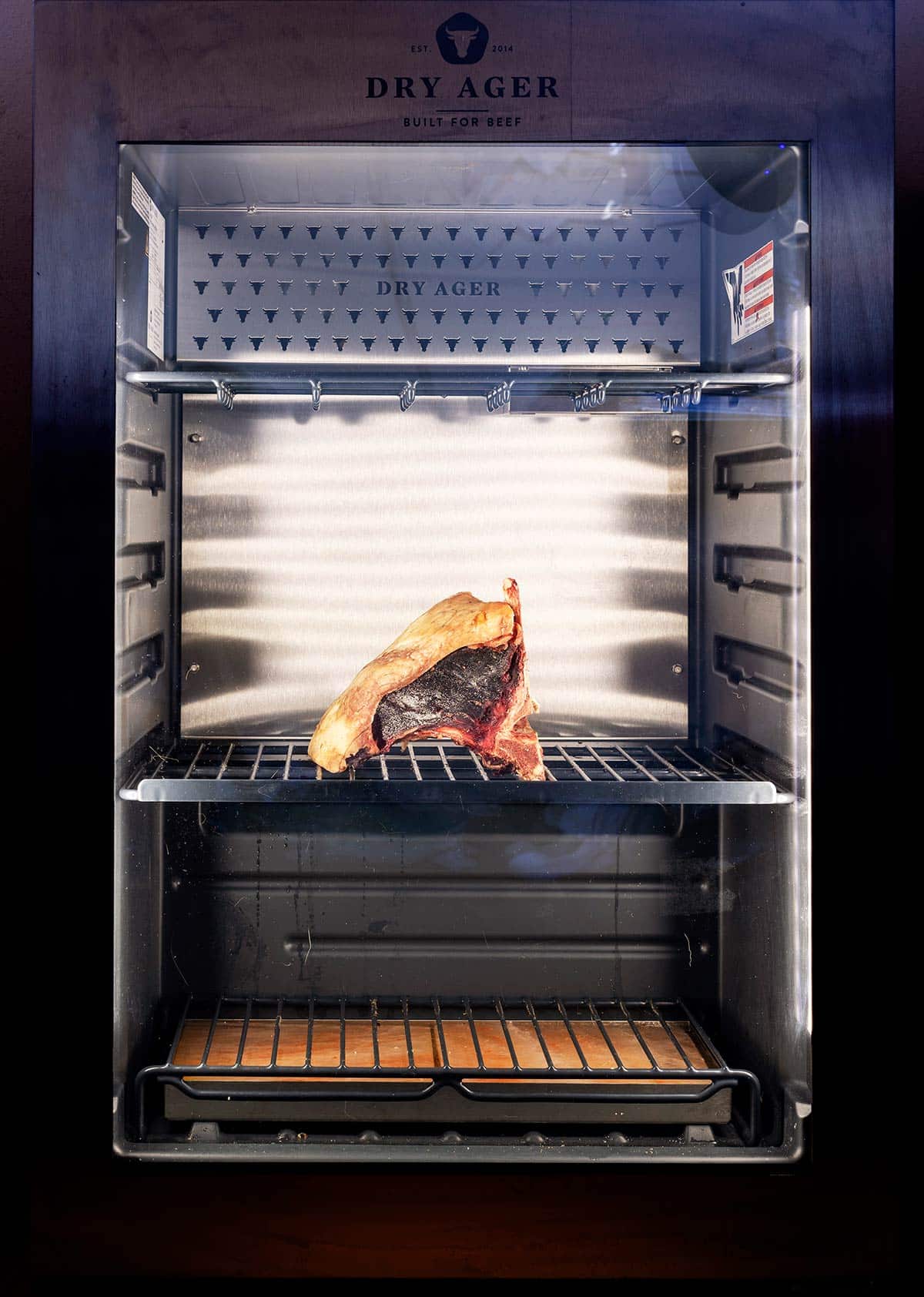
WHY IT MATTERS. The shortest way to describe dry aging meat is that you are slowly removing moisture and allowing enzymes present in the meat to break down connective tissue, tenderizing it.
The longer this goes, the more flavorful amino acids are created by this process – to a point. Really old meat, even perfectly aged, will smell and taste like blue cheese. It’s not bad for you, but it can be, well, an acquired taste.
Taste, timing, temperature and humidity all change depending on whether you are dry aging poultry, red meat, pork or even fish.
(Want to listen instead? I did a whole podcast episode on dry aging meat with Jess Pryles.)
Table of contents
Hanging and Dry Aging Venison
Hanging and dry aging deer, elk and other cervids is perhaps the most controversial topic in all of deer hunting. Some swear by it, others who never age their deer swear by that. I’ve eaten deer aged more than a month and deer aged a couple days. Both were fine.
So what’s the real deal? What happens when you’re dry aging meat and what should you do once you have your critter up on the gambrels?
(Here’s a full discussion, with the science, on hanging pheasants and other game birds.)
IMPORTANT NOTE. Remove the tenderloins! They don’t need aging, and if you leave them on the carcass while aging, the rind that forms will need to be trimmed, and then there will be nothing left.
If you had the ultimate set up for dry aged venison, it would look something like this. You’d shoot your deer in weather somewhere below freezing. You gutted it close to the truck and got it to your locker. Yes, to properly age meat you need a walk-in cooler or locker. More on that in a bit.
You’d hang your deer in the skin for up to four weeks between 33°F and 37°F, with the humidity in the cooler somewhere around 65 to 75 percent. Then you’d skin the deer and butcher as normal.
Why is this perfect?
- The deer cooled down quickly after the shot.
- The animal was hung in a perfect environment. You need humidity or the carcass will desiccate. You need it to be cold or it will invite bacteria. Aging, remember, is enzymatic, not bacterial.
- You kept the skin on, which prevents that rind from forming on the outside of the meat. That rind needs to be cut away in dry aging, often resulting in significant meat loss.
- Three to four weeks has been shown in a number of studies to be the best combination of tenderness and “dry age-y” flavors most of us love.
Sadly, this ain’t happening for most of us, including me.
First problem: Most of us don’t have a locker. That can be solved with a friendly butcher, and I’ve seen many places in this country with rural meat lockers that the butcher will let you use for a small fee. I know a couple zealots who have built home walk-ins, and to them I say, rage on! There are a few other solutions, too.
Got a spare fridge in the garage? You know, the one with all the beer in it? Drink the beer, clean it out really well – bleach, or something anti-bacterial – take out all but the top rack. Quarter your deer and age the pieces in that fridge by suspending them from the top rack with twine.
BEST PRACTICES. Hang just the back legs and backstrap, ideally on the bone. Save the front shoulders for braises, stews, barbacoa, grinding, etc. Also remove the shanks.
This is important: You will get the most benefit out of dry aged venison or any other animal if you’re only dry aging the parts you intend to eat rare to medium. Any part you intend to cook a long time doesn’t need to be dry aged.
You certainly can dry-age shanks, shoulder and neck, but it’s a lot of space and your benefit is limited.
Easier Dry Aging
Another option is to skin the animal, break it down into big pieces – legs, plus body – and keep it over ice in a cooler for at least 24 hours and normally 48 to 72 hours. Then I will break the animal down and then age the pieces in the fridge, in plastic containers, for another few days. Only then do I vacuum seal them.
Let me walk you through my reasoning. I live in California, and our A Zone deer season starts in August. Daytime temperatures can top 100°F routinely. Not ideal deer hanging weather. Even our late season temps are rarely cooler than 35°F. So the need to cool the carcass is serious. Gut and skin quickly.
Melting ice water on meat is bad. The water will likely be about 40°F or even warmer, and it will allow any bacteria on the meat to start growing. Water will also wash out the meat itself, making it pale and tasteless. So you need to keep the meat off the melt water if at all possible. It won’t be ruined if it gets a little wet, but it’s not ideal.
Initially, I use burlap sacks or plastic bags to shield the meat. Then, when I am doing the preliminary aging of the primals (legs, etc.) I set them in a large, open plastic container inside the cooler. If you have a big deer, you could have several coolers going at once. Occupational hazard.
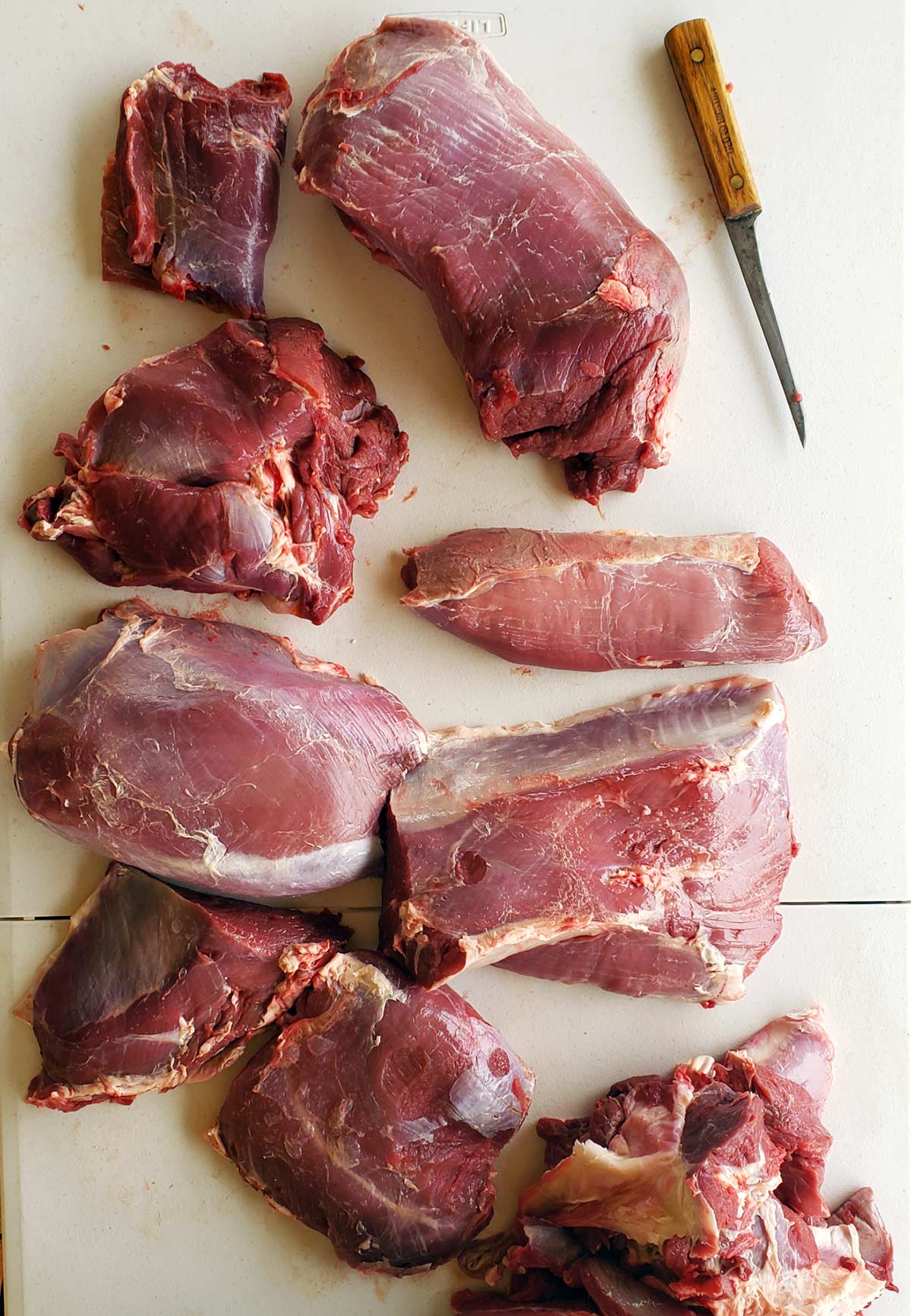
Wait to Butcher
Why not butcher immediately then? Because you never, ever want to butcher an animal while it is still stiff in rigor mortis. (This includes fish, by the way.) Doing so will result in tough meat, especially if you freeze it right away. The process is called shortening and in the home environment, you just need to let rigor take its course. Patience.
After the meat has relaxed for a day or three, you can butcher. You can then move on to wet or dry aging.
Wet Aging
Wet aging is what the supermarket industry does to the meat you buy there. The animal is aged a few days, then butchered, then vacuum sealed and kept refrigerated for up to a few weeks.
After a month or so, the meat will get weirdly sour, and not in a good way. The meat will become tenderer than absolutely fresh meat over this period, but it will not develop the aroma, complexity or melt-in-your-mouth tenderness of dry aging.
Keeping larger roasts, whole backstraps, etc., in the fridge for up to a week before vac sealing, gives you a hybrid dry age. It’s not as long as a real dry age, but nor is it as difficult. The venison or other meat loses some moisture, but you don’t get a rind so you need not trim before vacuum sealing.
True Dry Aged Venison
I do try to dry age venison every season — at least a few choice roasts and the backstrap. If you want to do this, you will need to commit to aging at least 10 days because very few flavor changes happen before one week.
Again, if you have a locker, you can age the whole carcass before butchering. This is good, but it’s not how they do it in the steakhouse.
If you want to age venison the way they age steak, you do need to cut the carcass into sub-primals, i.e., a whole backstrap (or one sliced in two for an elk or moose), a long length of chops, ideally still on the bone. A big roast, or a whole hind leg without the shank is a good option, too.
Why do this partial breakdown? Because you get better airflow and moisture loss this way, which leads to better flavors in the long run. And you must leave any fat cap on. This is vital. The fat protects the meat. You will trim a lot of it off later, but you need it now so you don’t lose meat.
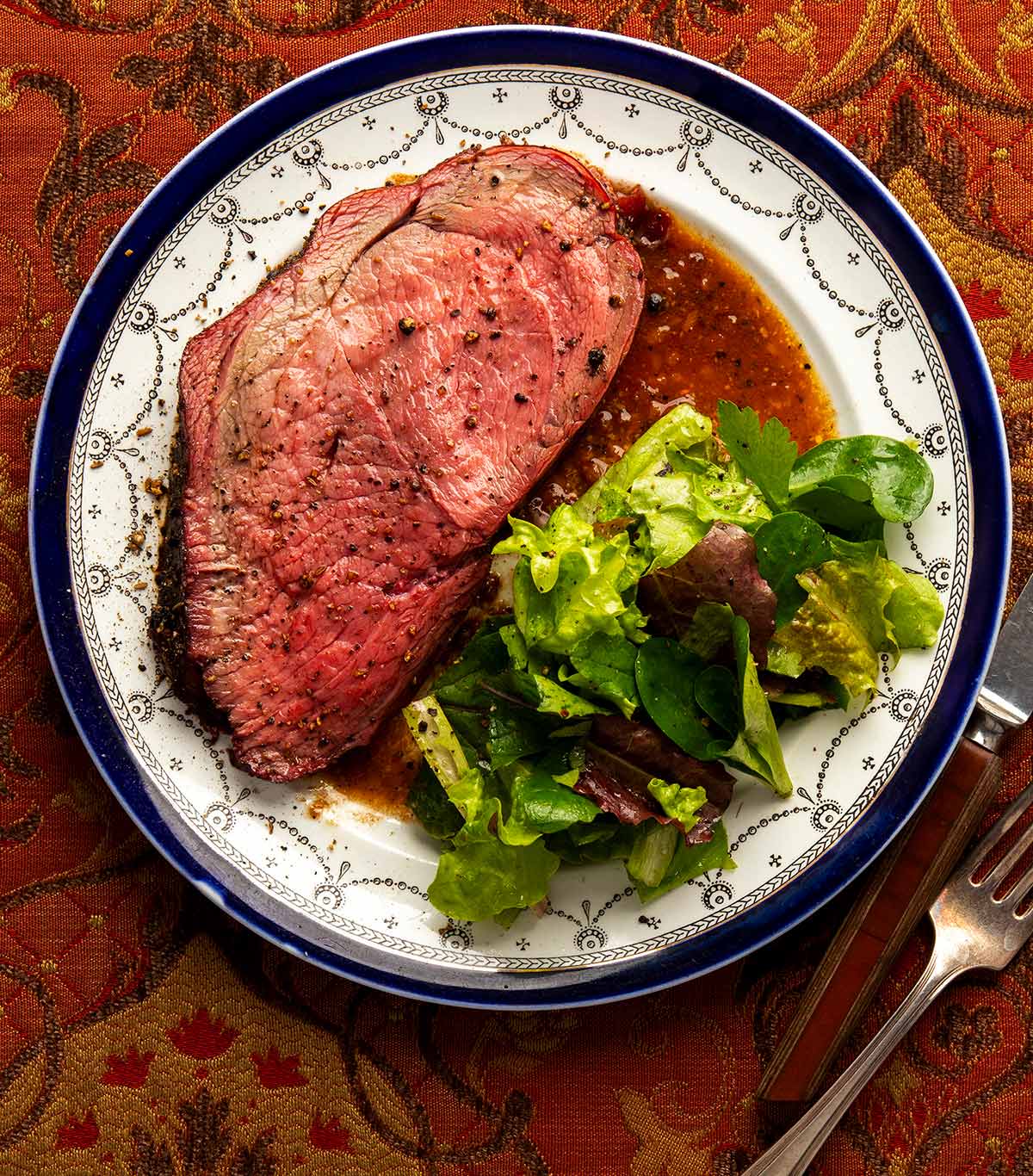
Dry Aging the Easy Way
I happen to have a Dry Ager, a very nice, very fancy dry aging unit, the sort they use in steakhouses. It’s amazing, set-it-and-forget-it, and works really well with any sort of dry aging, not just dry aged venison.
Alas, it ain’t cheap. German engineering rarely is. Ask the folks with Leica binoculars. If you can afford a Dry Ager, I highly recommend it.
But for nearly two decades, I did my dry aging on the cheap.
Let’s go back to your fridge. Ideally you use the spare beer fridge in the garage, because aging meat smells – and can pick up odors from all the other food in the refrigerator. Set the fridge so the temp inside is about 33°F to 35°F. This is colder than normal, but still doable for a normal fridge. Set the large pieces of venison on a rack. They must be elevated for good airflow.
Set a pan of salty water in the fridge somewhere, to promote decent humidity. If it evaporates, refill it.
A better route is to spend a little money for a temperature and humidity regulator, like this one. It’s less than $100 and lets you control both — remember dry aging for a long time requires high humidity, and a fridge is naturally pretty dry.
In a perfect world, you would have a fan in the fridge. I’ve tried battery-operated fans and they are frustrating. The batteries seem to run out every other day, and yes, you can recharge them, but it’s a pain. Better to have a little fan with a power cord you can snake out the side of the fridge and into an outlet. You might need to cut a small notch in the rubber seal on the side of the fridge door to do this.
Or, just keep beer in the fridge — only beer, because other foods can contaminate your dry aged venison, or vice versa. Every day when you open it to get a brew, you are creating airflow. Works pretty well.
How Long?
Now, you wait at least 10 days, but honestly, real dry aged venison flavor doesn’t happen until three weeks, and a month is better. If you really like that funky-cheesy flavor of old meat, you can go up to 90 days, but that’s pushing it.
Sometimes you get mold, sometimes not. Most mold is harmless, unless it’s black.
Keep an eye out for black mold. It’s bad. Really bad. As in, toss the meat if you see more than a tiny spot. If you do see black mold and can catch it very early, scrape the spot clean with a knife and paper towels and hit the spot with a paste of salt and vinegar. Other molds are fine.
Dry aging can go longer than a couple months, but you will need to coat your meat in melted tallow or lard to protect it. Once the fat hardens, it will slow dehydration considerably. Some high-end restaurants then age old animals like dairy cattle or a decade-old moose for up to six months!
When you are ready, you need to trim off the gnarly, often moldy outside of the venison. Usually you will need to slice off about ¼ inch or so – see why you don’t want to do this with smaller cuts? Too much meat loss.
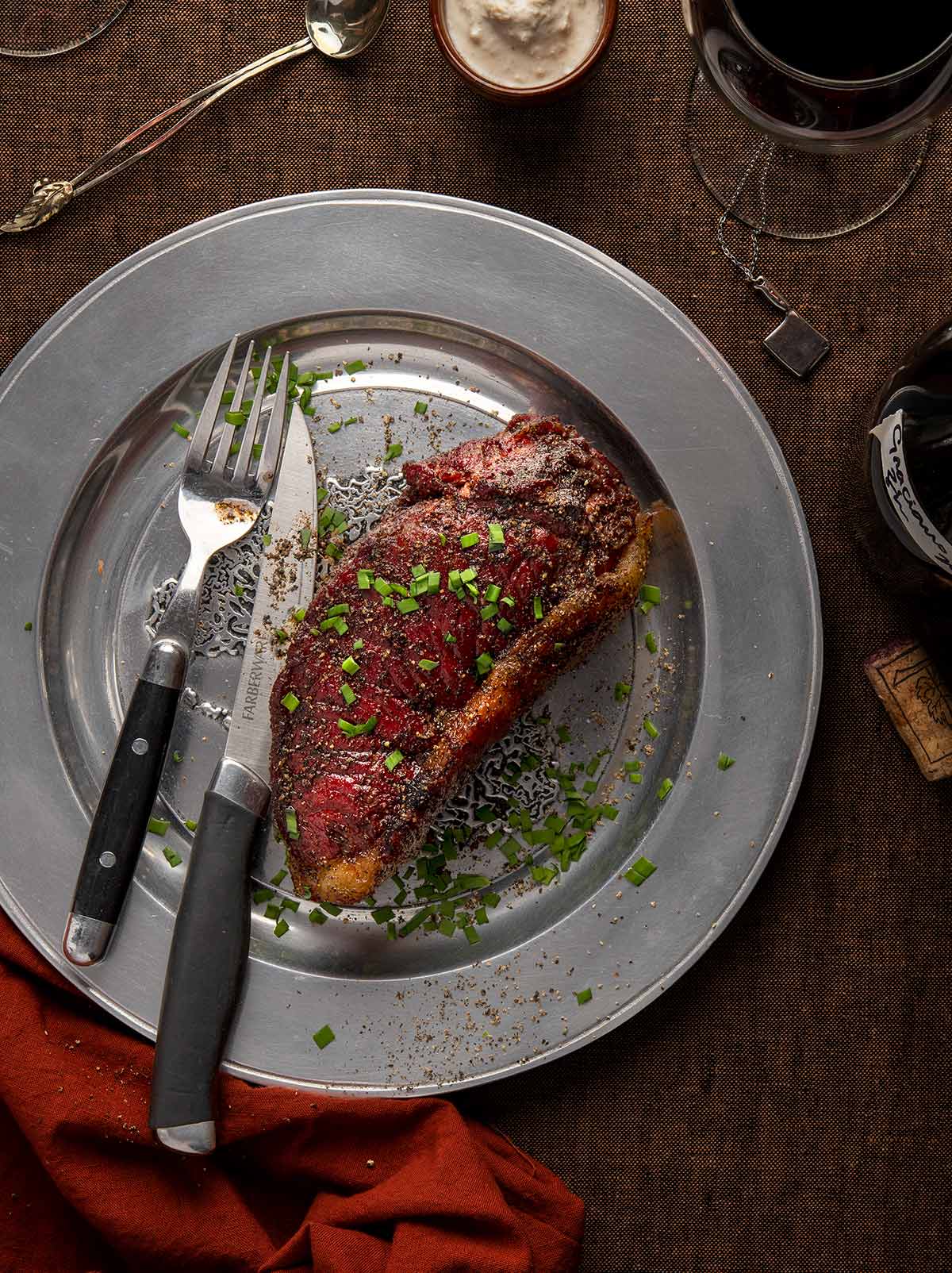
Final Dry Aging Tips
- The older the animal, the longer the hang time and the longer the aging process. Does and cows, too. Shoot a matron cow elk and you will want to hang and age it as long as a bull.
- Know that when you cook dry aged venison or other meats, the moisture loss will be noticeable — less sizzle in the pan. Dry aging also helps a steak brown more easily. Keep all this in mind when you cook or you might accidentally overcook your venison steak.
- The trim, so long as it’s not moldy, can go into the stockpot for venison stock, beef stock or whatever.
- Artificial tenderizers, like pineapple or papaya juice, don’t really work. All they do is attack surface of meat, making it mushy. Aging works from within.
- The so-called “dry aging bags” also are useless. Don’t buy them.
- Keep your meat in darkness. Sunlight oxidizes fat, especially venison fat, which is much higher in Omega-3 fatty acids; these oxidize faster than typical beef fat.
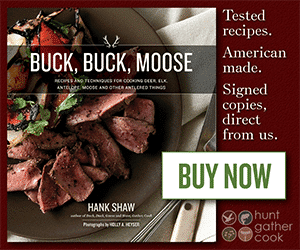


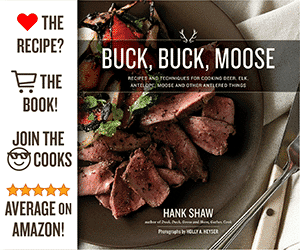
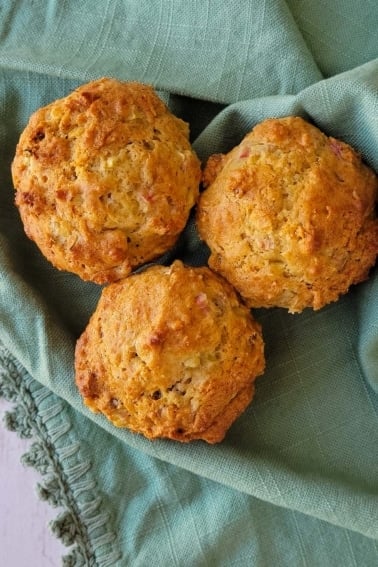

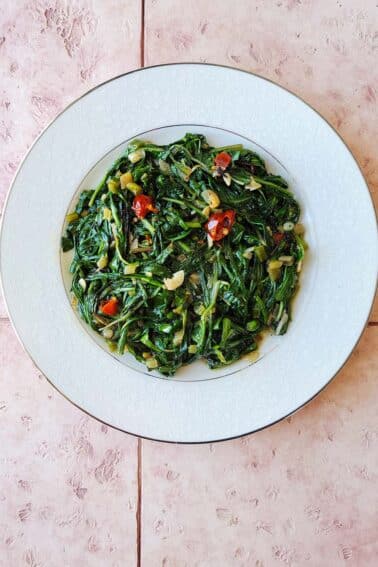
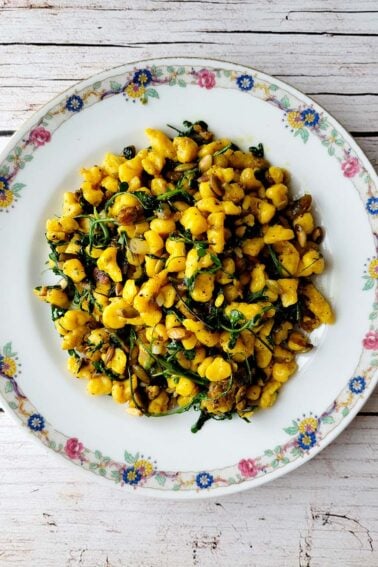
Came across this when researching dry aging venison. This is a great article, thanks for doing it. Question though… what I typically do is let the deer hang in a buddy’s cooler for 5 to 7 days, then butcher it, meticulously, package and freeze. I usually age it in the fridge after thawing in an air tight container for 7 days before cooking. Is that what you consider wet aging? Does dry aging produce better results?
Thank you. I have been aging meats for awhile. This was a great reminder of what I need to do.
Also the mushroom chili was a great hit with the family. They loved it.
Trace
Thanks for a fascinating morning’s read, Hank. Been half-hazardly dry aging my cut local beef unwrapped and resting on a fatty edge on a cotton towel in the wire cheese drawer of my home fridge, turning it every few days to surprisingly fine effect. Learned quickly on not to leave it on the grill for more than a minute or so when cooking, but wondered if you have any tips for prepping once it’s out of the fridge and ready for the heat?
Stay warm and keep your powder dry in these most welcome rains! Already getting some greens; can mushroom season be far behind?
why do you say stay away from the dry age bags? my evidence is anecdotal but I’ve had amazing success with them. I aged 30 days and the meat took on a almost ribeye taste.
Hank,
I’m trying to gain a better understanding of when to butcher, especially as it pertains to rigor mortis. My initial Google search did not yield a ton of great info. Your article is very informative but I’m still a little confused on one point: are you saying you can field dress and quarter your kill immediately and as long as you let the quarters rest for a few days, they will come out of rigor? I guess I assumed the animal had to be left whole for that process to occur? Also, is there a time table to when rigor will begin based on the temperature of the carcass? Thanks for everything you do!
Beth: Yes. You can do that. No, an animal doesn’t need to be whole to go through rigor. The immediate cutting after death, and I’m talking minutes, not hours, is called hot boning and it works well. In other circumstances, you will want to let large hunks rest a while. I’ve never seen any such table, sorry.
hi Hank!..tyvm 4 the great articles!..I got lucky this year!..I got a doe, on November 22. It’s in my garage,hanging, now!..in the woods, cleaned out, then hung in garage. not skinned. yes, it’s been a warmer season, as the temp here, has gone over 40°..a couple times.Do you think? the meat is still good?..no smell, no brown meat, but my wife is questioning the quality?..ty !..
William: I’d get it taken care of soon. You never want temps to get over 40F when hanging a deer, although if it happens for a few hours, that’s fine.
Hank, thanks for the great write-up, great work as always. I’ve looked into beef aging a bit but never thought to use it with venison.
A quick question, do you have anymore info or references on this being done with dairy cattle? My understanding was as a source of beef they were frequently written off?
Toufic: It’s done. In fact, some of the really long aging projects are done with old dairy cattle. In those instances, you need to cover the meat with tallow to prevent it from becoming jerky.
Hey Hank. I seem to be chiming in a little late on this thread but have been busy deer hunting. Love your stuff, own your books, and always open the weekly E-mails. Quick point regarding aging/hanging deer. I’m one of those “zealots” who own a locker (cooler). However, you need to know that you don’t need to be a zealot to have one. Mine is a 5×7 foot room in the barn. It is basically a “Styrofoam” type insulation 2 inched thick, sealed with cheap canned expandable foam insulation available at any local DIY store. It relies on a readily available and pretty cheap regular window air conditioner and a gadget called a “Cool Bot” Go on-line, look them up, give them a call – great people. They will answer any questions.
I’ve always been a big fan of hanging my venison, but here in Pennsylvania depending on weather conditions it can either be too warm or so cold that they freeze. The cool bot solves the “too warm” aspect. Keeping them from freezing in late season cold weather is as simple as a small space heater.
Probably the very best thing about having a cooler is that it opens up the vast opportunity of hunting in the (warm weather) archery season and still being able to appropriately hang and age deer. Personally, I’ve sort of settled on hanging for 14 days at 35 degrees (easily done) but I might give 3 weeks a try next time.
Even with a cooler, I totally agree that it is best to take the tenderloins early – day one or two.
Hi Hank.
Why don’t you like the dry age bags? I’ve used them a couple times and they seem to work, but I’m no expert.
Thanks.
Great info. I also live in a very warm climate for deer season (southern BC) and find it difficult to get a good dry age on deer due to high temps. Lately I have been doing a reverse dry age, in that I take the meat out a week in advance of the meal, heavily salt and place on a steel rack in a fridge that is opened once a day. We get some good tenderization and there are no complaints about the pan fried back straps. Can I go longer, or is the post butcher/freeze dry age just in my head, and not doing anything?
Lionel: I wouldn’t go too much longer with the method you describe because of the heavy salting: You are, in effect, curing the meat, which is fine to a point. But too long and it will taste different. It’ll start being fine, just different, then get weirdly salty and dried out. I’d keep doing what you’re doing.
Ok now you’ve done it. You said something extremely provocative. Rigor mortis. “Because you never, ever want to butcher an animal while it is still stiff in rigor mortis. (This includes fish, by the way.)” Never, ever?? Ok, I shoot a few deer (doe, maybe a buck) a year and butcher my own deer on a farm that I lease and have ready access to a UTV, water and a barn. My practice is to shoot it, dress it (yes and when I have my Hank Shaw on, sort and save the delectables from the gut pile), transport it to a barn, hose it, hang it, skin it, quarter it, get it in large 5 gallon freezer bags and on ice, all within an hour or so of the deer being shot. Every now and then, I might be really efficient and butcher the deer right away, at least the major cuts, all within an hour or so, otherwise it’s usually a day or two later when I’m home that I’ll do the final butchering. Am I doing wrong, at least in the final butchering if I butcher it right after it’s shot? How long does rigor mortis take to set in, and how long past that period is it ok to butcher? And btw, your article on dry and wet aging is quite useful. That’s been in the back of my mind for a couple years, and your article makes the concept far more approachable. The wheels are churning. Thanks.
Phil: OK, so you’re mostly in the clear because what you are describing has the awesome name of “hot boning,” and it’s when you butcher BEFORE rigor. That’s perfectly fine. But in the case where it is a day or two later, it’s better if it’s a couple days after quartering, not just one.
Comments so far mostly appear to be about everything but beef or venison. I am not going to argue the advice you provide here except to state that some of it appears to very different than your pheasant hanging page where you discuss dry aging beef briefly before noving on to hanging game birds. But perhaps these are your latest results using smaller cuts and your home size climate controlled aging chamber.
From your Pheasant hanging page:
“Nearly everyone who reads this space would probably agree with me that dry-aged beef is the finest expression of that meat. It is concentrated, savory and tender — and very expensive because dry-aging necessarily means a layer of crusty, slightly moldy ick on the outer edges of the meat. This is cut off before selling or serving.”
Dry aged beef is mostly hung at tempertures well aboove the low thirties as enzymes require higher temperatures to function if they are coming from the beef itself. I think 45-53 F is more typical than low thirties as that is one very cold fridge. Salumerias also age the dry aged cased sausages much warmer than low thirties and even up into the mid fifties for salt cured hams like Prosciutto crudo. The mold is inoculated with a dairy whey bath for dry salami production. Beef and Venison are warm blooded mammals, remember? The enzymes released when the animal dies are not designed to function when very cold. But bacterial enzymes in the digestive tract are another story for a pheasant. Mold enzymes are rather unique in their ability to function at a very wide range of temperatires by design. That’s why fungi are such an important source of ndustrrial enzymes for cleaning and lysis of blood and grass stains. The white mold that grows on salumi and dry aged beed is very important, as is it GREATLY contributes to flavor and also dehydration of the hanging meat. The mold bloom is a huge increase in surface area due to that white fuzzy growth and greatly increases evaporative loss compared to a skin or fat layer. Hence humidity control as you outline is also critical to success. Commercial dry agers use primals and sides to allow a better yield and it also slows down moistture loss as the pieces are huge, so the process can run awhile to fully develope flavor. But that mold when cut away is still contributing to flavor deep inside the carcass as the mold creates hyphae and those hyphae excrete enzymes into the surrounding tissue to make it soluble so those hyphae can take up nutrients that contribute to the molds growth and life cycle. So the mold is very imprtant to overall flavor and that is why old dry aged carcasses taste like blue cheese. Blue cheese is aged using mold injected into the cheese. Different molds but similar enzymatic activities. The mold also digests fats and that creates those unque dry aged flavor profiles as it is much more complex than just a simple lysis of meat proteins.
There has been an explosion of interest in dry aging smaller cuts of meat at home and people are exploring many new options. The hard part is figuring out if these bloggers have the palate to undertsand how these suboptimal aging conditions are working in their favor or on a path to a better piece of grilled meat.
VERY informative. Thank you so much for sharing this.
Appreciate you sharing your knowledge, David. Answers so many niggling questions that have occurred to me over the years farming and prepping my own.
I am not a hunter, as I come from a family of non-hunting city people. But, I raise and butcher my own meat because I’m a control freak… ? When I butcher my meat chickens (not the Cornish franken-chickens bought in the store), I rest them for 48 hours, minimum, in the shop fridge (normal temp) before I bag them for freezing. I now have a couple friends that buy a few, and want to make sure they get the best bird for their buck (it’s legal to do this in Oregon). I can’t really dry age them, though it sounds interesting for stew pot roosters and old hens. Do you have any suggestions for changes I might make? They are plucked and evicerated and out in a plastic bag in ice water to chill them after that’s done. Thanks for any thoughts you might have!
Laura: You typically don’t dry age poultry. That said, I have kept “ready to go” wild birds in the fridge a week before freezing. That helps tenderize them a bit. But with stewing hens, they are so old you will need to stew or braise them for hours anyway, so no need to leave them in the fridge more than a few days.
Awesome info here Hank, I’ve accidentally do one this a number of times over the years. I live in NW Montana, a late harvest coupled with cold weather, and too much work on my plate, have left me with an aged deer. I have a hook in my cieling for bringing the critter in to thaw. they are hard to skin frozen. then into the fridge where I have to check it every day. they come out like you are talking about if I don’t push it to much. I never knew I was doing a known process. the humidity is low though, it’s touchy doing it that way. great article it all makes sense.
Any thoughts on dry aging squirrel?
Most recipes I have come across recommend rather potent marinades of lemon, wine, or vinegar, and/or longer braising or stewing for everything but the youngest of squirrels, but as a relative newcomer to hunting and eating small game, I’m interested in options that would accomplish whatever tenderizing is necessary (apparently a must for older specimens?) without masking its unique flavor profile with a marinade or reducing the meat to unrecognizable morsels in an albeit delicious stew.
Chris: I wouldn’t. You braise squirrel for one, so no need for dry aging, and two, if you had a rind on the meat, when you trimmed it there would be nothing left.
Hank,
Thanks. I guess l just haven’t eaten enough squirrels to learn the hard way that braising is essential. The only time I dared to skip it was with a very small young squirrel which I basically threw on the grill after nearly a week in the fridge (cleaned), and I didn’t find it very tough at all. I’d marinated it in lime juice for about 30 minutes prior to grilling, and my only regret was that the lime was so dominating. Probably if I tried that again with a larger older squirrel minus the marinade, I’d become a braising-convert, especially since you’re right that applying the same dry aging processes you describe above wouldn’t leave you with much after trimming off the rind. All the best!